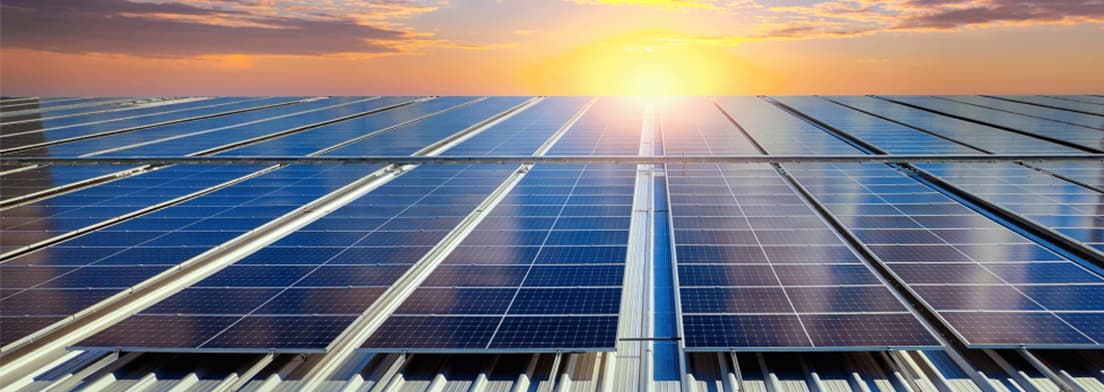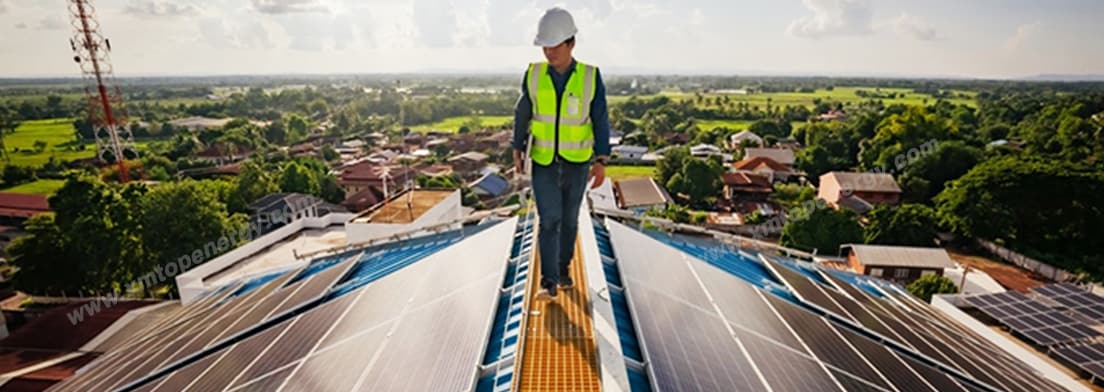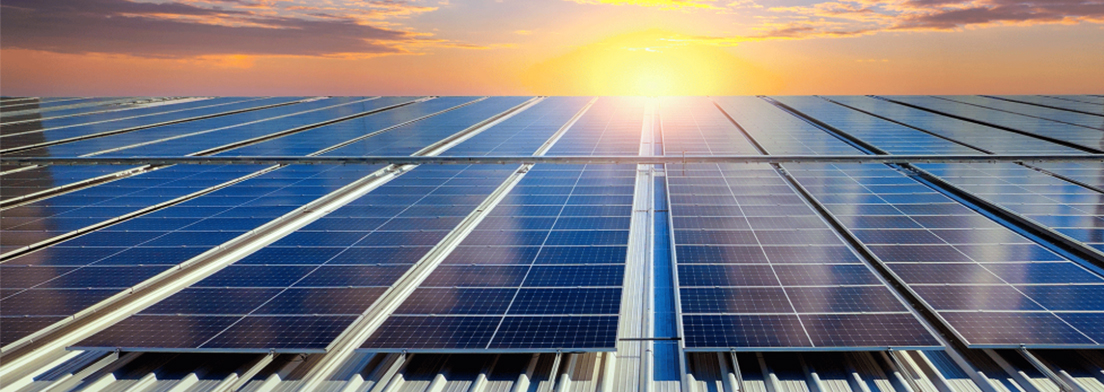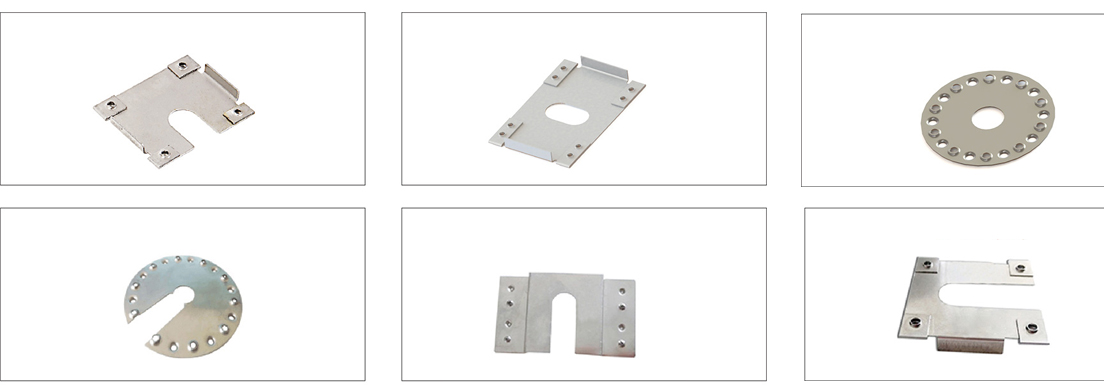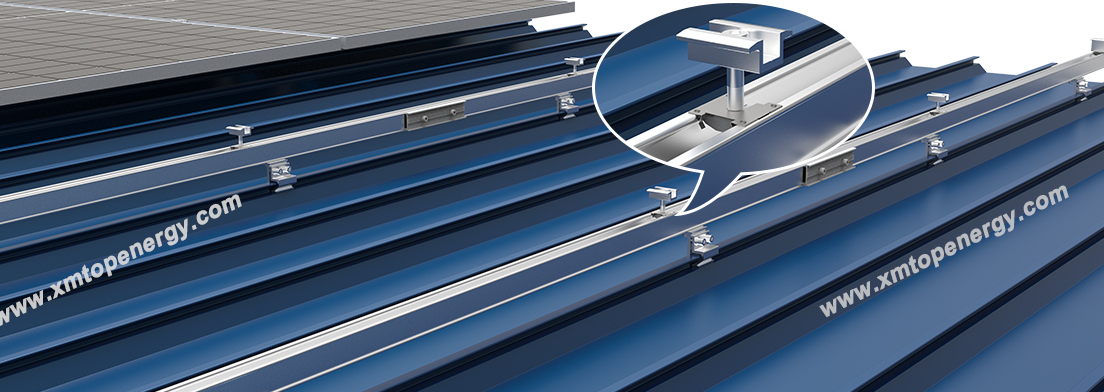In solar PV installations—especially on rooftops and in utility-scale fields—managing electrical cables effectively is as important as panel alignment or inverter placement. One common solution for cable support is the wire mesh cable tray, known for its open design and flexibility. But how do these trays hold up in harsh solar environments over time?
Let’s explore the durability of wire mesh cable trays and what installers, EPCs, and O&M professionals should consider when selecting and maintaining them.

What Makes Solar Environments Harsh?
Solar installations are subject to some of the most demanding environmental conditions:
Intense UV exposure
High temperature fluctuations (thermal expansion and contraction)
Rain, humidity, and water pooling
Salt-laden air in coastal regions
Dust and debris accumulation
Animal interference (birds, rodents, insects)
These elements can degrade poorly chosen materials and reduce the lifespan of cable trays and the critical cables they support.
Material Matters: Stainless Steel vs. Galvanized Steel
The durability of a wire mesh cable tray largely depends on the material it’s made from:
1. Electro-Galvanized (EG) Steel
Pros: Low cost, lightweight
Cons: Not suitable for outdoor or high-humidity environments
Use Case: Indoor or short-term use only
2. Hot-Dip Galvanized (HDG) Steel
Pros: Improved corrosion resistance compared to EG
Cons: Susceptible to rust in coastal or acidic environments
Use Case: Acceptable for inland rooftop systems if no salt exposure
3. Stainless Steel (SS304 or SS316)
Pros: Excellent corrosion resistance, long service life, ideal for coastal, industrial, and high-humidity environments
Cons: Higher upfront cost
Use Case: Best for harsh outdoor solar environments

Drainage and Airflow: Key Design Advantages
Wire mesh trays naturally allow:
Excellent drainage (prevents water pooling and corrosion)
Air circulation (reduces cable overheating)
Visual inspection and ease of maintenance
These features are particularly valuable on solar rooftops, where space is limited and trapped moisture can quickly cause damage.
Installation and Maintenance Best Practices
To maximize durability, consider the following:
Proper fastening: Secure trays with corrosion-resistant brackets and supports
Cable separation: Avoid overfilling trays; maintain proper spacing to prevent overheating
UV-resistant cable ties: Use stainless steel or UV-rated nylon for long-term cable securing
Protective covers: Install top covers where bird droppings, falling debris, or direct sun exposure are concerns
Regular inspection: Look for signs of rust, loosening, or animal intrusion

Wildlife and Environmental Protection
Wire mesh trays are often more exposed than enclosed trunking systems, so:
Consider adding bird guards or mesh covers to prevent nesting
Use conduit or protective sheathing on vulnerable cables in rodent-prone areas
Lifespan and ROI Consideration
While stainless steel wire mesh trays may cost more upfront, their resistance to corrosion, minimal maintenance requirements, and long operational lifespan often outweigh the initial investment—especially in long-term solar projects designed for 20–25 years.
Conclusion
Wire mesh cable trays can be highly durable in harsh solar environments if the right material is chosen and installation best practices are followed. For critical solar infrastructure, especially in corrosive or humid locations, stainless steel wire mesh trays are often the most reliable option, offering both physical robustness and long-term cost efficiency.







